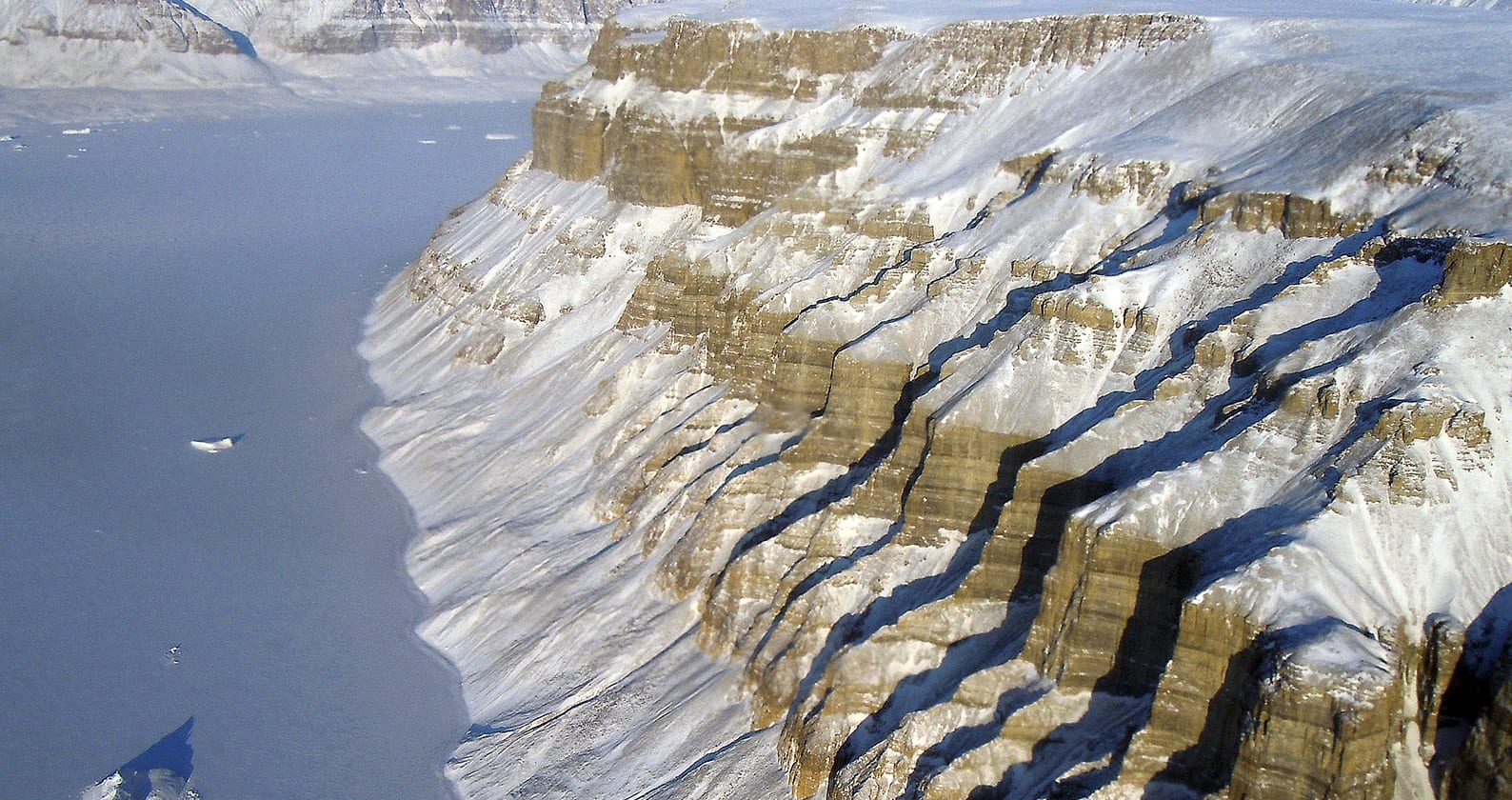Researchers at Curtin University have found a way to understand the largely unknown processes behind the formation and structure of Earth’s most ancient continents.
The research, published in the journal Earth and Planetary Science Letters, used crystals trapped within kimberlite magma in Greenland and brought up from great depth in the magma, to determine how this ancient part of Earth’s crust was assembled. Kimberlite magmas are also known for carrying diamonds to the surface.
Lead Australian author Professor Chris Kirkland from Curtin University’s School of Earth and Planetary Sciences said analysis of the age and chemistry of crystals brought to the surface in the Greenland kimberlite matched 3.8 billion-year-old rocks found some 150 kilometres south, indicating that these rocks must have been moved deep under the crust of Greenland.
Professor Chris Kirkland said the research allowed the sampling of the interior of cratons, which are the ancient, stable centre of Earth’s continents, in order to understand how they were formed.
“These magmatic rocks punch their way to the surface from the mantle and incorporate crystals from the rocks they interact with on their ascent,” Professor Chris Kirkland said.
“These crystals allow us to determine what crust lies deep under Greenland.
“For these ancient grains to have been sampled by the kimberlite means that parts of the ancient crust of Greenland must have been transported laterally beneath younger crust now at the surface.”
Professor Kirkland said the findings contributed to a better understanding of how Earth’s first continents were assembled, whether through vertical layering, horizontal stacking, or other means.
“How these cratons were formed is a highly contentious issue in scientific circles, with implications for the important question of when plate tectonics began operating,” Professor Kirkland said.
The full research paper, ‘North Atlantic Craton architecture revealed by kimberlite-hosted crustal zircons,’ can be found online here.



